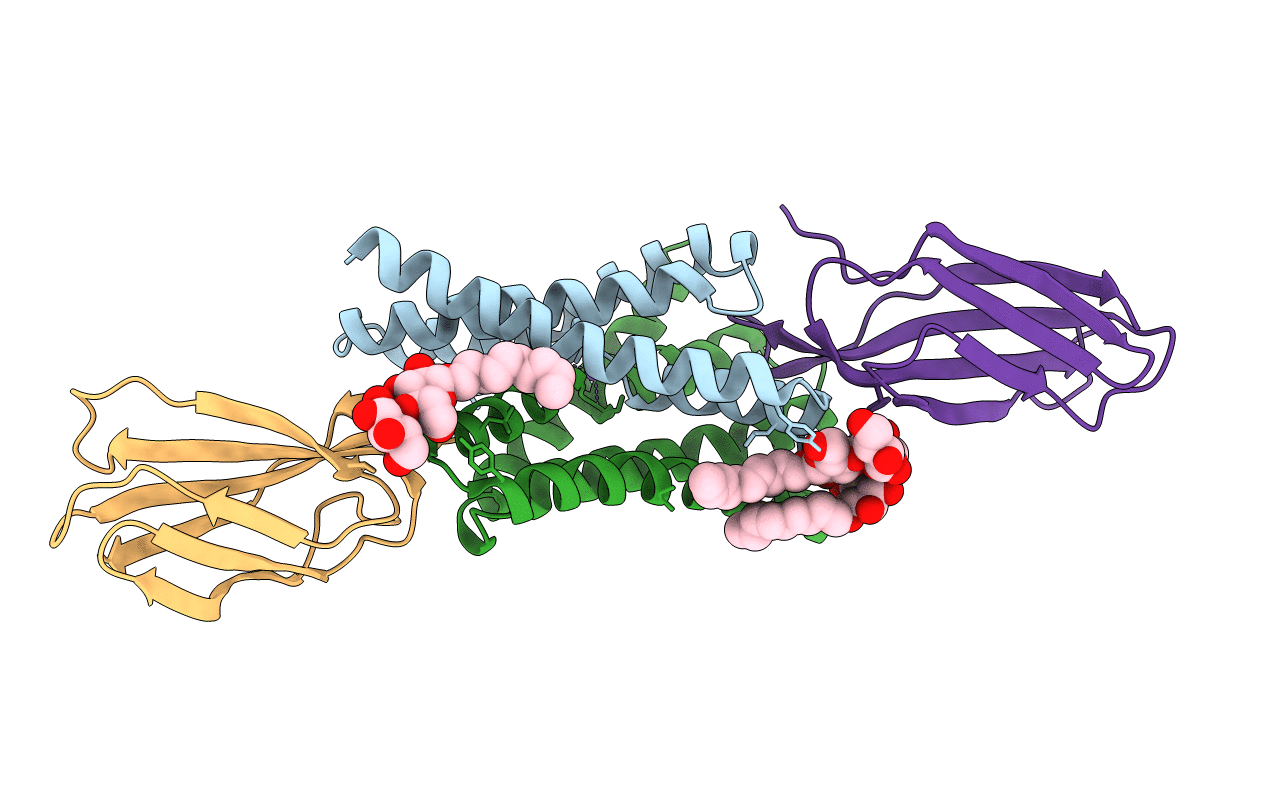
Deposition Date
2017-09-19
Release Date
2017-10-11
Last Version Date
2023-10-04
Entry Detail
PDB ID:
6B24
Keywords:
Title:
Crystal structure of fluoride channel Fluc Ec2 F80Y Mutant
Biological Source:
Source Organism:
Escherichia coli (Taxon ID: 562)
Homo sapiens (Taxon ID: 9606)
Homo sapiens (Taxon ID: 9606)
Host Organism:
Method Details:
Experimental Method:
Resolution:
2.75 Å
R-Value Free:
0.25
R-Value Work:
0.22
R-Value Observed:
0.22
Space Group:
P 41


